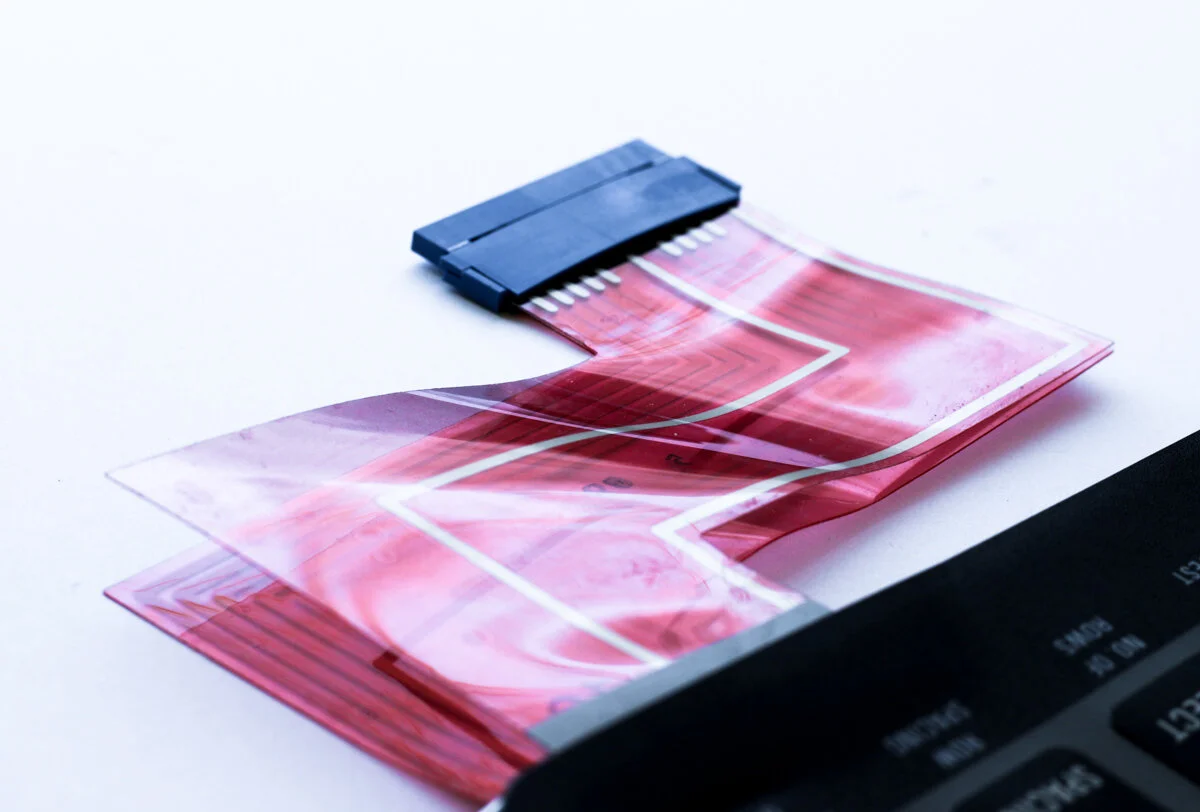What Causes Electronic Component Failure in Membrane Switches?
For engineers of user interfaces for high-performance electronic applications – such as medical devices and rugged outdoor machinery – the membrane switch is often an afterthought in the overall design process. But why? Providing the sole connection between the human user and machine, the membrane switch circuitry is separated from the outside elements by only a graphic overlay. When poorly designed and manufactured, this particular electronic component is not only more susceptible to individual failure, but at risk of causing overall device failure.
And device failure, especially for tightly-regulated industries like med tech and commercial machinery, is incredibly costly.
The Enormous Cost of Device Failure
In the medical device industry alone, a 2017 McKinsey Report found that significant quality and compliance events (e.g., recalls, warning letters, consumer litigation) – cost the industry up to $14.4 billion annually. Additionally, the report estimates that indirect costs such as revenue loss and market-cap impact related to device failure can reach $1 billion to $3 billion for a medium to large medical device company.
How can these incredibly expensive losses be avoided?
Many device and component manufacturers are quick to blame user error as the primary cause of failure. However, in an extensive analysis of root cause data, the FDA found that failures in product design and manufacturing process control caused more than half of all medical device product recalls. Tragically, many of these costly failures are completely avoidable by taking simple preventative steps during the device design stage, starting with your electronic components.
Single-Sided Membrane Switches: Prevalent, but Less Reliable
Membrane switches are critical electronic components in human-machine interfaces (HMIs), especially those that need to withstand harsh environments. Unfortunately, many HMIs are currently built using single-sided membrane switches, which introduce unnecessary risk into your device design.
While single-sided membrane switches are extremely common and inexpensive to manufacture, they are not suitable for high-performance applications. At higher risk of failure, this type of construction has inherent points of weakness that significantly reduce the reliability of your HMI. In the following section, we identify seven leading causes of membrane switch failure, which are largely the result of using single-sided construction in your HMI design.
The Top 7 Membrane Switch Design Flaws
Cross-over connections. Also referred to as “bridged” or “jumper” connections, these force silver circuit traces to be placed over the top of another, employing only a thin, screen-printed dielectric layer for separation. More vulnerable to silver migration, which will cause an electrical short, cross-over connections invite unnecessary risk into your application.
Insufficient perimeter around the active switch area. Membrane switch layouts are often developed after the enclosure has been molded, forcing single-sided designs to push traces farther into the perimeter to meet design requirements. These switches are more susceptible to electrostatic discharge (ESD), resulting in circuitry damage and possible assembly malfunction.
Bad sealant. When traces are pushed farther into the perimeter, this also limits the area available for gasketing the membrane switch to protect against water, moisture and chemical ingress. This makes it difficult, if not impossible to create the hermetic, or even near-hermetic seal necessary to prevent failure in harsh environments.
Poorly-designed tail exit. One of the most prevalent causes of membrane switch failure results from the creasing or bending of the tail near the exit point. In single-sided membrane switches, the placement of the tail exit is limited by design constraints and often requires elongated tails that must be creased or bent when routing leads to the PCB connection. This added length intensifies the risk of tail fracture, as traces are placed in expansion instead of compression, resulting in higher resistance and unnecessary stress.
Dual-circuit/tail designs. To meet higher-density keypad design requirements, single-sided membrane switch designs often employ two full circuitry sheets stacked on top of one another, which require multiple tail exits. When the tails are flexed, the stress increases between the tails and the switch body, which over time, may cause the PSA to sheer and eventually pull away. Once delamination starts, the environmental seal is lost, exposing your circuitry to moisture and chemical ingress, which ultimately results in circuitry failure.
Stack-up exceeds enclosure height. Especially when dual-circuit designs are used to accommodate higher-density keypads or surface-mount technology (SMT) components, the overall membrane switch stack-up can exceed the height of the housing, exposing circuitry to potential contamination and physical damage.
Poor material selection. While not unique to single-sided designs, improper materials are a significant factor in many cases of membrane switch failure. After analyzing FDA data, one industry scientist estimates that 30 to 40% of FDA recalls for medical devices are due to material failure. Common examples of material failure in membrane switches include:
Cracked overlays. When an unsuitable material – such as polycarbonate, which is only suitable for low-frequency devices – is employed for high-actuation applications, it often cracks and exposes the underlying circuitry to contaminants.
Dome collapse. Polyester domes – which are only ideal for room temperature environments – are more likely to crack in the cold, or erroneously activate all switches when they soften and “go flat” in hot temperatures.
Adhesive incompatibility. Pressure sensitive adhesives (PSAs) are often the most expensive materials inside a membrane switch. Failure can occur when cheaper PSAs are selected, often resulting in a mis-match with the application environment, surface energy, inks or other assembly materials.
Designing for Reliability with Double-Sided Technology
For engineers of high-performance applications that require safe and reliable HMIs, even under the most adverse conditions, it is critical to employ dependable technology proven to reduce membrane switch failure.
Eliminating the inherent points of weaknesses of single-sided construction, Reliatrace®’s proprietary Double-Sided Polymer Circuitry (D/SPC®) technology enables traces to be printed on both the top and bottom of the circuit substrate. Employing vias instead of cross-over connections, our Reliaswitch® circuitry not only gives engineers twice the design capability, it greatly reduces the risk of cracks, fractures and open traces in your membrane switch. Trusted by leading companies in agricultural machinery, healthcare and commercial beverage, Reliaswitch is the technology that’s found inside the country’s most dependable electronic assemblies.









